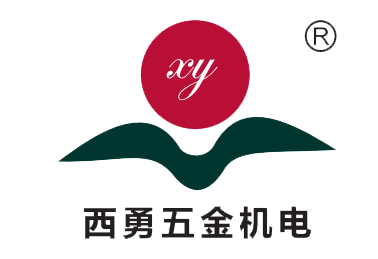Solenoid valve, as an indispensable key equipment in industrial automation control, widely used in various industrial fields. This article will take you in-depth understanding of the working principle of the solenoid valve, classification and application scenarios, to unveil its mystery.
The definition and working principle of solenoid valve
Solenoid valve is a kind of electromagnetic force through the control of fluid (gas or liquid) flow of automation infrastructure components. It is mainly composed of electromagnetic coil, spool and valve body three parts. When the electromagnetic coil is energized, the electromagnetic force generated attracts the valve spool to move, thus changing the direction of the flow of fluid in the valve body or blocking the flow of fluid; when the coil is de-energized, the valve spool returns to the initial position under the action of the spring force or other reset device, restoring the original state of the fluid.
The working principle of the solenoid valve is simple and efficient, and its core lies in the interaction of electromagnetic force and mechanical force. Take two-position five-way solenoid valve as an example, when the coil is energized, the spool is attracted to one side, so that the P port and the B port, the gas source through the B port into the other side of the cylinder chamber, pushing the cylinder piston movement; when the coil is de-energized, the spool returns to the other side of the spring under the action of the spring, at this time, the P port and the A port, the cylinder's other side of the chamber exhaust, the piston reversed movement. This design makes the solenoid valve can remotely control the opening and closing of the cylinder, automated operation.

The classification of solenoid valve
There are many types of solenoid valves, according to different classification standards can be divided into a variety of types:
1. Classified by the working principle: mainly divided into direct-acting solenoid valve, step-by-step direct-acting solenoid valve and pilot-operated solenoid valve. Direct-acting solenoid valve directly through the electromagnetic force to drive the spool movement; step-by-step direct-acting combination of direct-acting and pilot-type features; pilot-operated solenoid valve through the pilot valve to generate differential pressure to promote the main spool movement.
2. Classified by the spool position: two common two-way, two three-way, two five-way. Among them, “two-position” means that the spool has two stable positions, “five-way” means that there are five interfaces on the valve body, respectively, for connecting the air source, cylinder inlet and exhaust port and vent.
3. Classified by function: including water solenoid valve, steam solenoid valve, refrigeration solenoid valve, etc., according to the control of different media and design.
4. Classified by power supply: divided into single electric control and double electric control. Single electronically controlled solenoid valve in the power failure automatically reset, and double electronically controlled solenoid valve has a memory function, after the power failure to maintain the current state, until the other coil is energized.
The application of solenoid valve
Solenoid valve has been widely used in the field of industrial automation because of its high control accuracy, fast response speed, good reliability and other advantages. The following are some typical application scenarios:
1. Pneumatic system: with the cylinder, to achieve remote control of the valve opening and closing, widely used in industrial automation production.
2. Hydraulic system: By controlling the flow direction and pressure of hydraulic oil, it realizes precise control of mechanical equipment.
3. Refrigeration and air conditioning: used to regulate the flow of refrigerant or cooling water to ensure the stable operation of the system.
4. Agricultural irrigation: to realize precise irrigation and improve water utilization efficiency by controlling the flow and direction of irrigation water.
5. Household appliances: such as washing machines, dishwashers, etc., through the solenoid valve to control the water flow, to achieve automated cleaning function.
Conclusion
Solenoid valve as a core component in industrial automation control, its importance is self-evident. With the progress of science and technology and the continuous development of industrial automation, the performance and reliability of the solenoid valve will be further enhanced to provide more efficient and accurate fluid control solutions for various industries. Hope that through the introduction of this article, you can have a more comprehensive and in-depth understanding of the solenoid valve.
Prev:How to know cylinder by its model number: Naming of Hook Type Cylinder
Next:What should be noted when choosing a side push cylinder?







